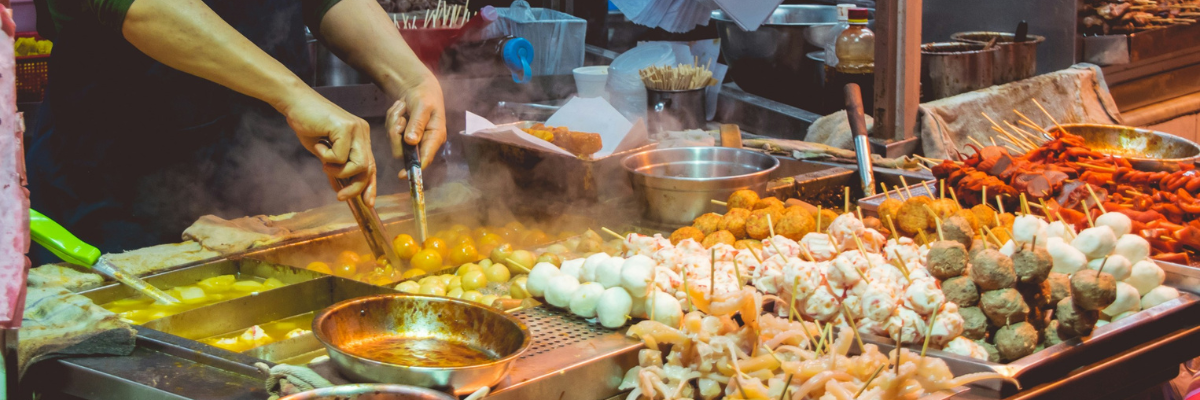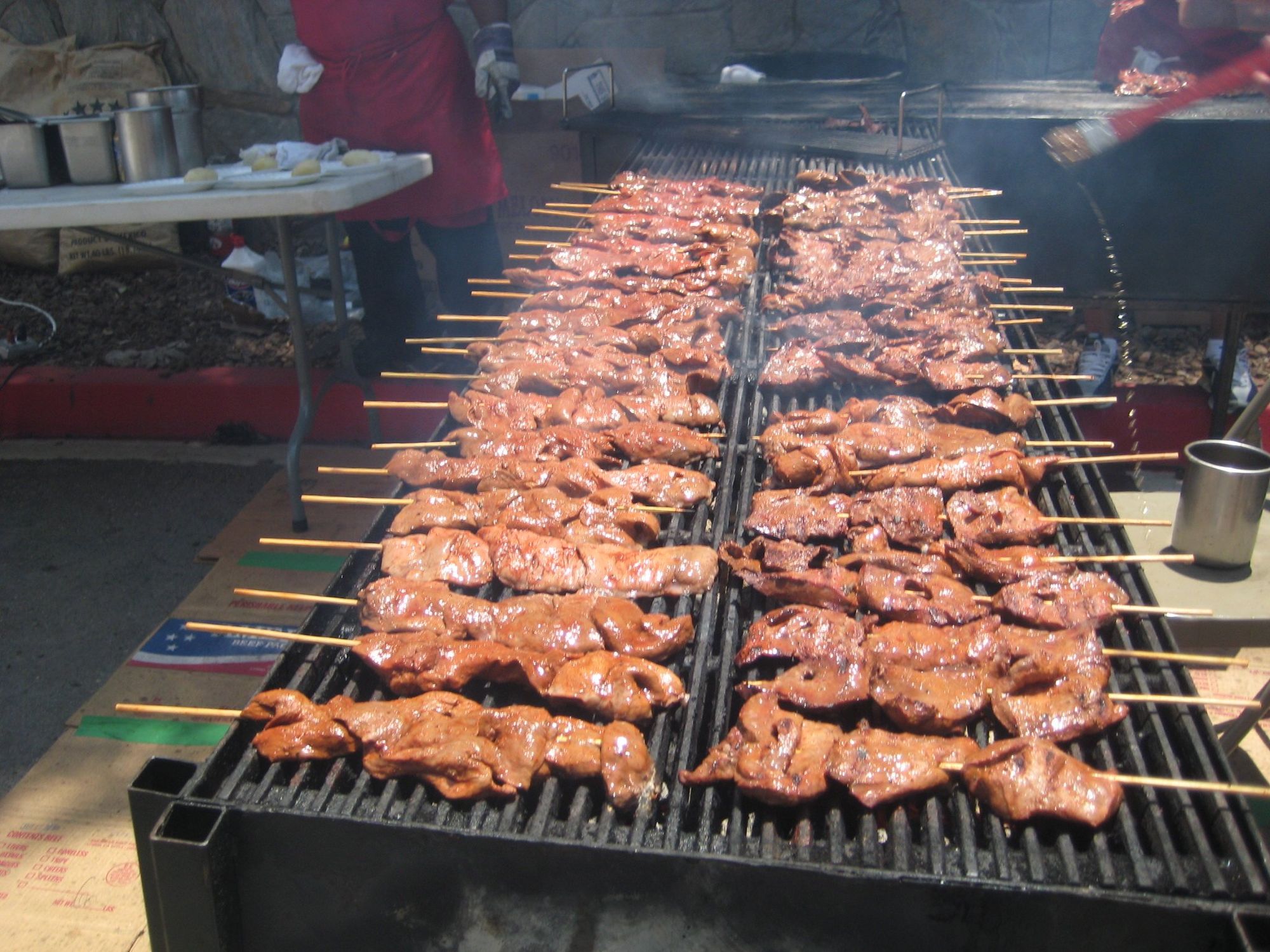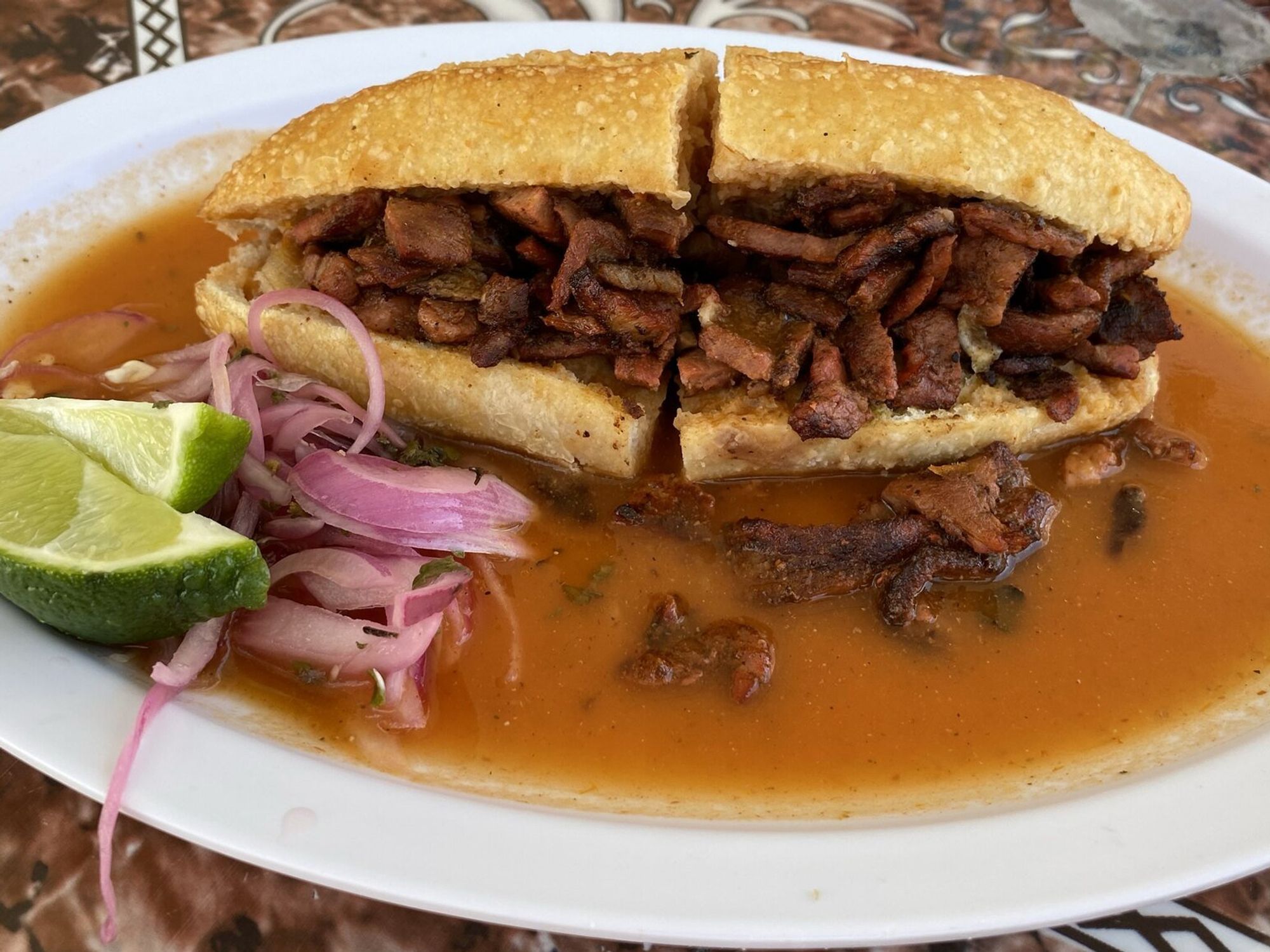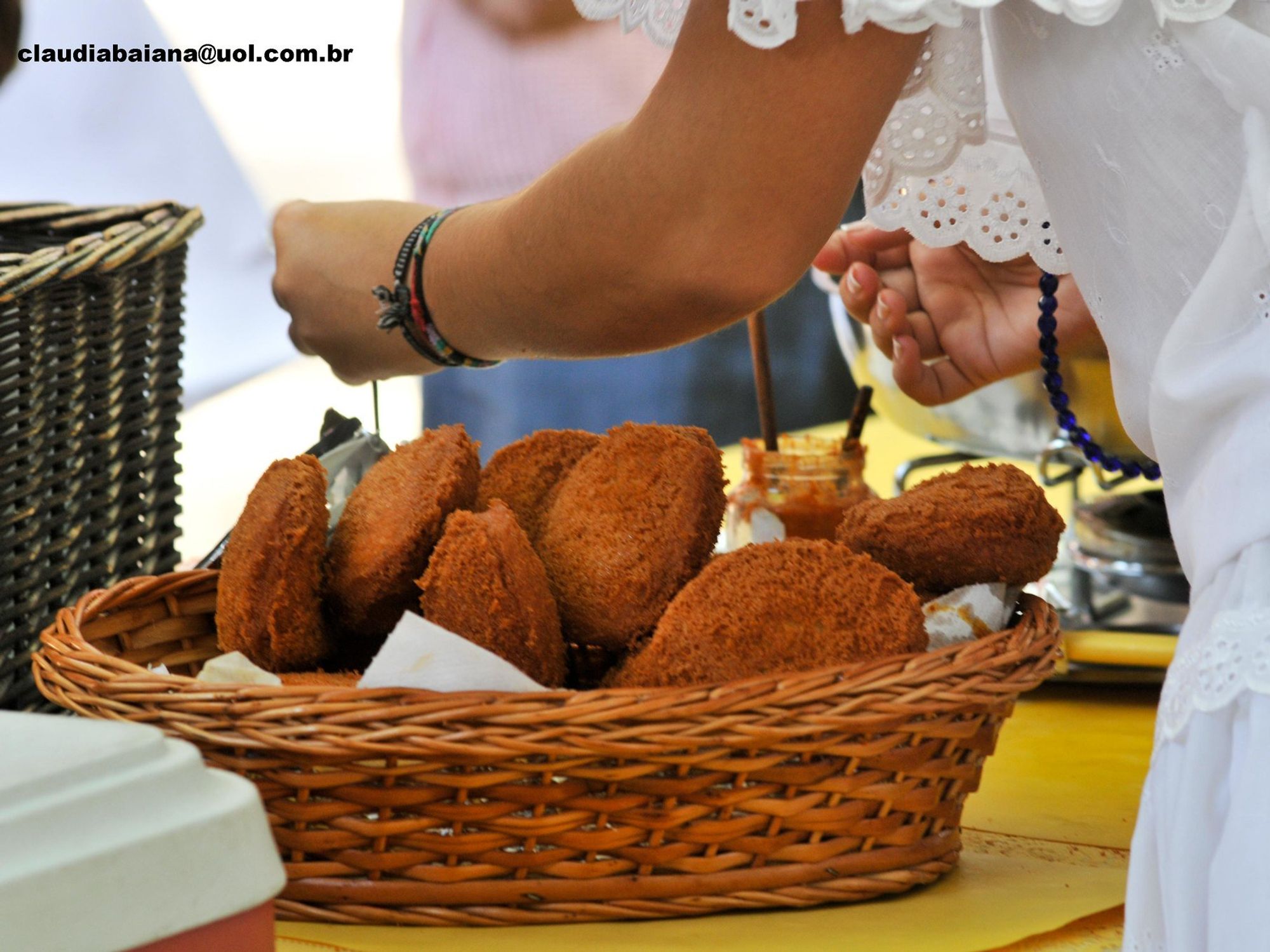
Latin America is known for many things; a vibrant culture, rich history, warm people, breathtaking scenery, and delicious cuisine. There’s no denying that Latin America is the land of flavor and each country offers something unique. When it comes to street food, Latinos go all out! If you want to have a true foodie adventure, here are the 10 must-try Latino street foods that have made their way into U.S. cities that you have to hunt down, no planes needed (well, maybe...not all of these street foods can be found in every U.S. city!).
And if they aren't in your city, you now have a good excuse to hunt them down in their homeland. Happy hunting!
Pupusas revueltas from El Salvador

Photo by Ron Dollete on Flickr
Pupusas are one of the brightest stars of Salvadorian cuisine and for good reason. While people often compare them to dumplings, pupusas are their own thing. They’re made with corn or rice-flour dough which is filled and flattened into a disc. Pupusas are fried, so they’re crispy on the outside and gooey inside. Though there are many kinds of pupusas, the most popular are the pupusas revueltas, which are filled with beans, chicharron, and cheese.
Cachapas from Venezuela

Photo by Garrett Ziegler on Flickr
Moving on to Venezuela, the variety of street food in the country would make anyone’s head spin. One of the most popular options is the cachapa, a sweet and savory pancake made from freshly ground corn kernels. The cachapa is grilled until golden brown and filled with butter, “queso de mano” which has a similar consistency to mozzarella, cheddar cheese sauce, and finely grated aged cheese. Ham, chicharron, or grilled pork can also be added to the cachapa. It’s a decadent dish!
Choripán from Argentina

Photo by David on Wikimedia Commons
Choripán is a pride and joy in Argentinian cuisine, so it’s a popular street food you shouldn’t skip. It’s basically a sandwich but taken to the next level. It consists of crusty bread (similar to a baguette, but smaller in size and softer on the inside), grilled chorizo sausage, chimichurri, and crunchy onions. Choripán is the brainchild of gauchos (Argentinian cowboys), and it dates back to the 19th century, so you know it’s good if it has stood the test of time.
Anticuchos from Peru

Photo by Ricardo Diaz on Flickr
Peru is another Latin American country where street food is delicious and exciting. One of the many things you need to try is the “anticuchos,” which are very special for Peruvians. Anticuchos are beef skewers so it doesn’t get any simpler than that, but they’re super flavorful, and the meat is always juicy and tender. They’re the ultimate street food and a comfort food for many Peruvians. Anticuchos are usually served with Andean corn and potatoes, a perfect combination.
Torta ahogada from Mexico

Hailing from Guadalajara, “torta ahogada” is a mouth-watering street food option that has become popular all over Mexico. If you know a little bit about Mexican food, you’ve probably heard of “tortas” before, which are yummy sandwiches made with bolillo bread. Torta ahogada takes the torta to the next level by “drowning it” in a flavorful red salsa made with tomatoes and chile de arbol. The sandwich usually consists of refried beans and shredded meat, usually pork. Sometimes, pickled onions and avocado or guacamole are also added to the mix. Get the napkins ready, you’ll need them for this one!
Acarajé from Brazil

Photo by Claudia Baiana on Flickr
Moving on to the streets of Brazil, we have “acarajé,” which is the Brazilian version of fritters. Acarajé is made with black-eyed peas and deep-fried. Then, they’re split in half and stuffed with shrimp and herbs. This delicious, crispy, and flavorful street food has roots in West Africa’s "akara" dish, but Brazilians have made it their own. Usually, acarajé is topped with a drizzle of spicy sauce, so get ready for some heat, which goes really well with the complex combination of flavors.
Baleadas from Honduras

Photo by fabulousfabs on Flickr
In Honduras, “baleadas” are a simple yet highly popular street food. They’re similar to tacos in a way, but they’re traditional in Honduras and you won’t be able to have just one. Baleadas consist of flour tortillas filled with mashed fried red beans, thick cream known as Honduran butter, crumbly and tangy cheese, and often topped with avocado, scrambled eggs, or different kinds of savory meat. They’re a flavor bomb and very filling!
Shrimp ceviche from Ecuador

We can’t talk about Latino street food without mentioning Ecuador’s shrimp ceviche. This dish is refreshing and addictive, consisting of shrimp marinated in citrus juices, often lime and orange. Then, it’s mixed with freshly chopped onions, tomatoes, cilantro, and a bit of spicy peppers. It’s usually served with crispy plantain chips, which are also savory, providing a heavenly combination of flavors and textures. Ceviche in Ecuador is also made with octopus and fish, but shrimp is the go-to option.
Completo from Chile

When in Chile or near a Chilean restaurant, you have to try the “completo.” This is the Chilean version of a hot dog, but they’ve added a lot more toppings. The traditional completo is topped with chopped tomatoes, sauerkraut, and an amount of mayonnaise that would make anyone gasp. It works though, and Chileans love their completo. Other toppings include guacamole, spicy chili sauce, melted cheese, or the usual ketchup and mustard combo.
Chipa from Paraguay

Photo by Cmasi on Wikimedia Commons
Last but certainly not least, “chipa” from Paraguay is the kind of street food option anyone can get behind. Chipas look a lot like bagels, but they’re a bit different. The dough is made with fresh corn, egg, oil or lard, milk, water, salt, and Paraguayan cheese, so it’s nice and savory. Chipa exists in many different varieties, including stuffed varieties, but the traditional cheese one should be the priority. You’ll fall in love with this baked treat, for sure!




